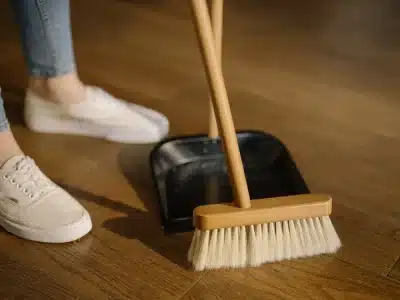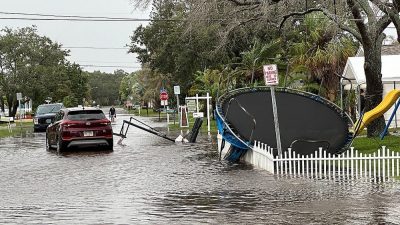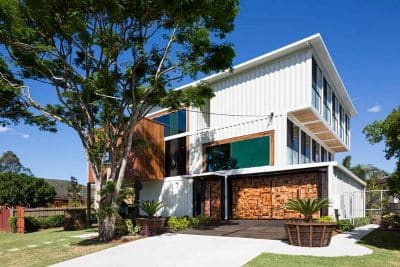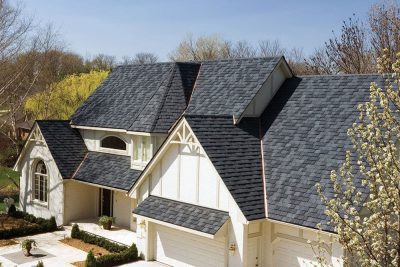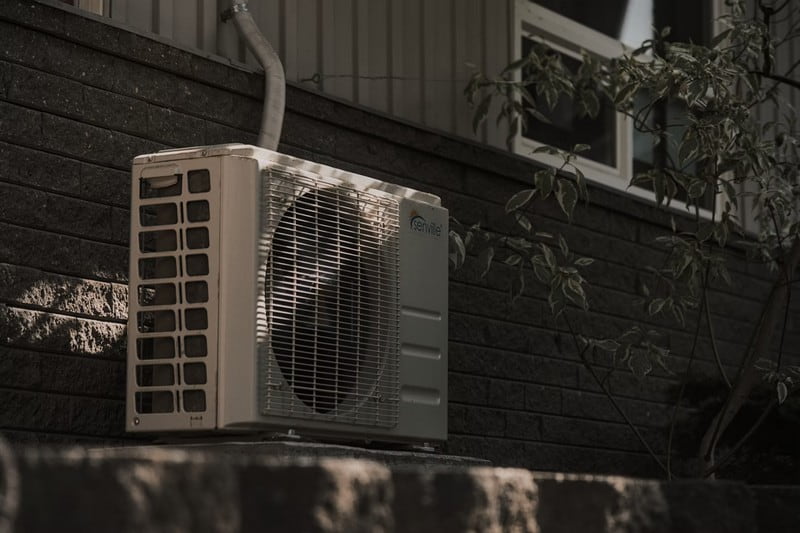
New HVAC system acquisition represents a significant homeowner investment. With aging equipment, questions arise regarding typically HVAC system lifespan and appropriate replacement timing. While general longevity guidance exists, operational duration depends on usage patterns and maintenance quality.
Specific circumstances prove critically important. Remember, equipment age represents a single replacement consideration factor. Repair expenses and energy efficiency constitute additional important considerations. The following provides a detailed HVAC lifespan examination, including recommendations extending the system’s operational lifespan.
Inspect and Seal Ductwork
Compromised air passages waste considerable energy by permitting treated air to leak out before reaching occupied areas.Examine accessible air channels in lower levels, foundation spaces, and upper storage areas for apparent openings, punctures, or separated segments.
Close small breaches with suitable duct sealant or metallic tape, avoiding conventional fabric duct tape which breaks down with age. Verify all duct joints are tight and adequately braced. Consider professional air passage evaluation and sealing for thorough performance enhancements. Correctly sealed air distribution systems can boost equipment efficiency by 15% to 20% while improving comfort through uniform temperature control across your residence.
Schedule Professional Tune-Ups
Yearly expert servicing is vital for spotting potential concerns before they turn into expensive fixes. A trained professional will examine electrical wiring, evaluate system operations, verify coolant quantities, and clean interior elements that residents cannot safely reach.
During these inspections, specialists can identify deteriorating components, find coolant breaches, and guarantee that all protective mechanisms work correctly. This preventative method frequently avoids the requirement for urgent air conditioner repair during high-demand times when experts are most busy and prices peak. Professional upkeep also helps preserve manufacturer guarantees, which commonly mandate recorded annual maintenance.
Monitor and Maintain Proper Thermostat Settings
Your temperature control device serves a vital function in equipment performance. Automated and intelligent temperature controllers can substantially decrease energy usage by independently modifying settings when you’re absent or resting. Prevent frequent temperature changes, as continuous adjustments force your equipment to operate more intensively.
Throughout warm months, maintain settings as elevated as comfort allows, and during cold periods, keep temperatures as reduced as reasonable. Every degree of modification can affect energy expenses by 6 to 8 percent. Confirm your temperature controller is accurately calibrated and positioned away from heat sources such as
- Direct sunlight
- Lighting fixtures
- Devices that might trigger incorrect measurements
Keep Outdoor Units Clean and Clear
Your outdoor cooling unit requires sufficient air circulation to operate effectively. Clear away accumulation such as foliage, lawn debris, and soil that gathers around the equipment across different seasons. Cut back plants to preserve at least two feet of space on every side, guaranteeing adequate ventilation.
The cooling coils need annual cleaning using a water hose or specialized coil solution to eliminate accumulated particles and residue. Damaged fins can be gently realigned with a fin tool, but do not use excessive force that might harm the fragile metal components. A maintained outdoor unit transfers thermal energy more efficiently, lowering power usage and avoiding early equipment deterioration.
Change Air Filters Regularly
The most essential upkeep duty for any HVAC control system involves changing air filters regularly. Soiled filters obstruct air movement, requiring your equipment to operate more strenuously and draw additional power. When air circulation becomes hindered, your system struggles to attain preferred temperatures, causing prolonged operational cycles and heightened component deterioration.
Most typical filters need replacement every 30 to 90 days, influenced by elements like animal ownership, family respiratory sensitivities, and environmental air standards. Premium efficiency filters might endure extended periods but require monthly assessment. A pristine filter not only boosts system efficiency but also elevates interior atmosphere quality by collecting particles, plant pollens, and additional floating contaminants.
Endnote
Consistent HVAC maintenance represents an investment that yields returns through reduced utility costs, enhanced comfort, and prolonged equipment lifespan. By adopting these five maintenance approaches, you’ll ensure that your system operates effectively while preventing expensive emergency fixes.


